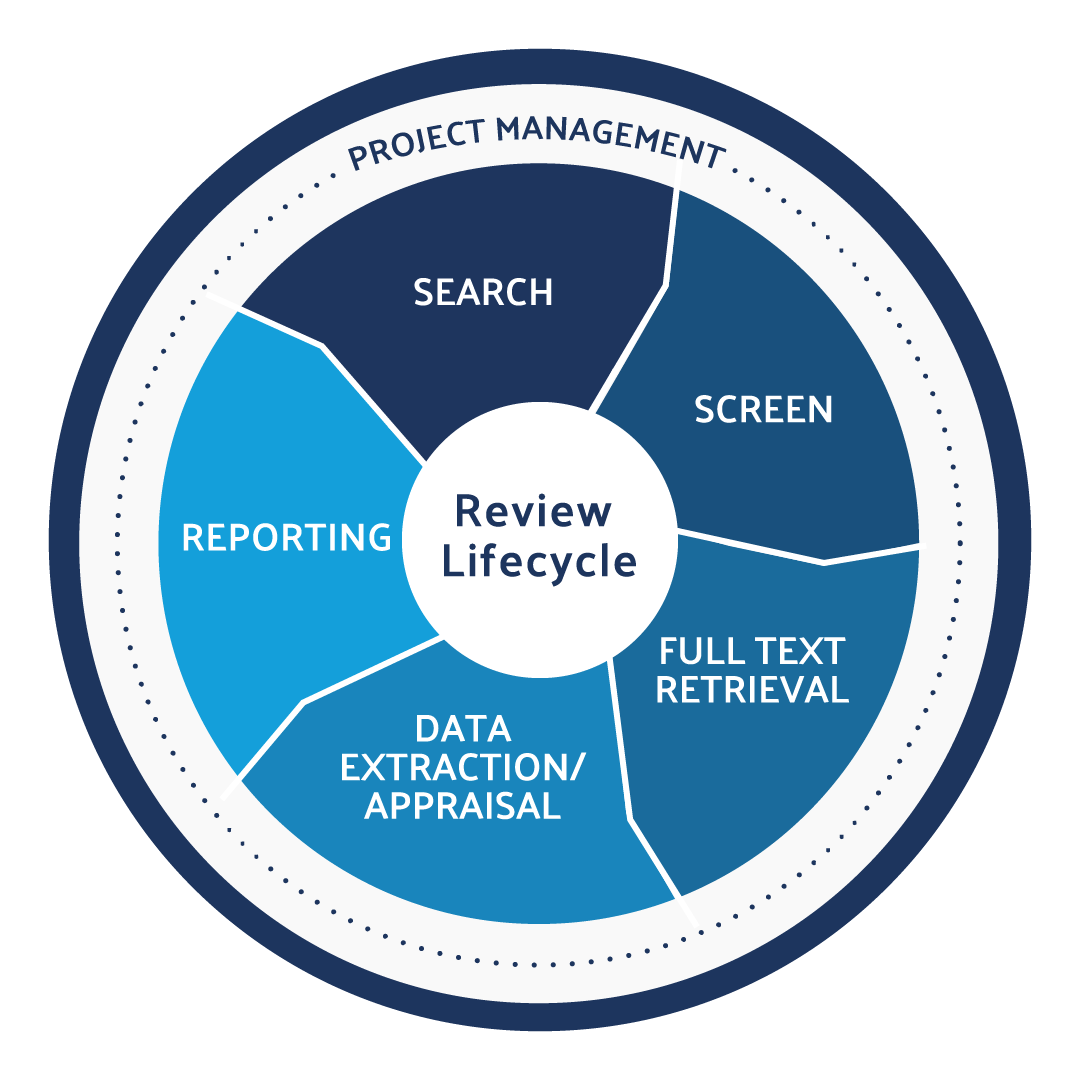How Do You Conduct Post-Marketing Surveillance?


Use DistillerSR to produce CER and PER literature reviews in an efficient, audit-ready, and compliant way.
Due to the greater diversity and complexity of medical devices, the iterative nature of medical product development, and the relatively short product life cycle, post-market surveillance of medical devices poses distinct challenges in ensuring products remain safe and effective while they remain on the market..
There will always be some residual risks despite thorough pre-market testing in the design, development, and production of medical devices. This is caused by various factors including product variability, the clinical environment in which the medical device is used, different user interactions, and unexpected medical device failures or misuse. Monitoring products and procedures to ensure that residual hazards stay within acceptable levels is critical.
Post-Market Surveillance (PMS)
Post-market surveillance (PMS) encompasses procedures and actions to monitor a medical product’s performance once it has been released into the market. It is meant to gather and assess data to promptly identify usage, functional and design flaws, assess the device’s performance in the real world, and ability to yield favorable clinical outcomes.
Post-Market Clinical Follow-up Plan (PMCF)
In the past, PMS has relied on reactive data collection. Gathering and reporting data on adverse events is done by the manufacturer. Incidents may be reported to regulatory organizations or the manufacturer directly. However, the new European Medical Device Regulation (Regulation EU 2017/745 or MDR), designed to target advanced technology with more stringent regulatory standards, has driven the need for a more proactive approach.
What is a PMCF plan? A Post-Market Clinical Follow-up Plan (PMCF) is a technical document describing the manufacturer’s monitoring procedures to ensure the functionality and safety of a medical device over its lifecycle.
European manufacturers must follow the European Medical Device Regulation (MDR) for their EU MDR post-market surveillance requirements. Those in the United States must abide by the rules set by the Food and Drug Administration (FDA) under The U.S. Department of Health and Human Services.
Learn More About DistillerSR
(Article continues below)
Monitoring and Evaluating the Safety of Devices
Develop a PMS Plan
A manufacturer’s approach to gathering data and safety information about their equipment is described in a PMS plan. The PMS plan isa component of the device’s technical documentation. Itdescribes the criteria for a device’s risk-benefit analysis,procedures for collecting data on adverse and non-serious side effects, investigation of complaints, coordination with regulators, and methods for taking corrective action.
Additionally, a Post-Market Clinical Follow-up (PMCF) strategy may be needed. The purpose of PMCF is to track the device’s performance and safety continuously and proactively. Sometimes using observations from commercial use is sufficient. In some circumstances, a more regulated study setup will be necessary.
Review Literature
Review of available literature and other publicly available information can assist with finding the latest information on the performance and safety of the device. This includes reading current scientific publications and presentations. The EU MDR regulation places strict requirements on device manufacturers when it comes to literature review. Clinical Evaluation Reports (CERs) must adhere to the MEDDEV 2.7/1 revision 4 guidelines. Care must be taken since there is a risk of omitting crucial references or the possibility that the research is insufficiently exhaustive.
Gather Data
Collecting clinical data throughout the product’s lifecycle is required. It is important to determine data collection mechanisms, such as client feedback, product complaints, and post-market research. Similarly, establishing channels for collecting data from users, including customer feedback, product complaints, and post-market studies is crucial. The value of methodically gathering and storing this data cannot be overstated. Manufacturers must carefully evaluate the methods you will use to collect and manage this data.
This entails keeping track of reports and incidents involving the device or equipment and examining them for potential safety issues. Manufacturers need a specific PMS system to compile and analyze the experiences obtained from the product. The PMS system should integrate with the Quality Management System (e.g., ISO 13485) and Risk Management System (e.g., ISO 14971).
It is imperative that the General Data Protection Regulation (GDPR) and Good Clinical Practice (GCP) should always be followed when collecting clinical data. Ensure that all necessary safeguards are in place for collecting clinical data by all applicable standards and laws.
Evaluate, Analyze, and Take Action
Data collected as part of rigorous PMS activities will ensure that a proper evaluation for adverse events will occur on a continual basis for products in the market. . A qualified individual familiar with post-market surveillance methods and who proactively evaluates the data should undertake the analysis. Evaluating data on a continual basis, even in the face of no adverse events, will ensure that problems are identified early on, thereby reducing risk to product users and patients. Proactively taking action if necessary is expected of manufacturers in the new regulations. This may involve conducting post-market studies, changing the product design, reviewing the manufacturing process, revising product labeling, providing training to users, or issuing a corrective action or recall. Standard operating procedures (SOPs) and sufficient training will expedite the implementation of changes.
Communicate with Regulators and Stakeholders
It is important to communicate findings and to articulate how corrective actions will be implemented. This includes disseminating the results to appropriate parties, such as regulatory bodies, healthcare providers, and other stakeholders.
The overall objective of PMS is to establish a cycle of continual improvement, to reduce risk to patients and product users and to preserve the safety and performance of devices on the market. Analyzing post-market surveillance data can also identify areas where the medical device can be improved. It’s also an opportunity to enhance product design based on user feedback and actual clinical application.
By being proactive and continuously managing risk, manufacturers can ultimately extend the market life of products and ensure that they deliver upon expected value within the healthcare setting.








